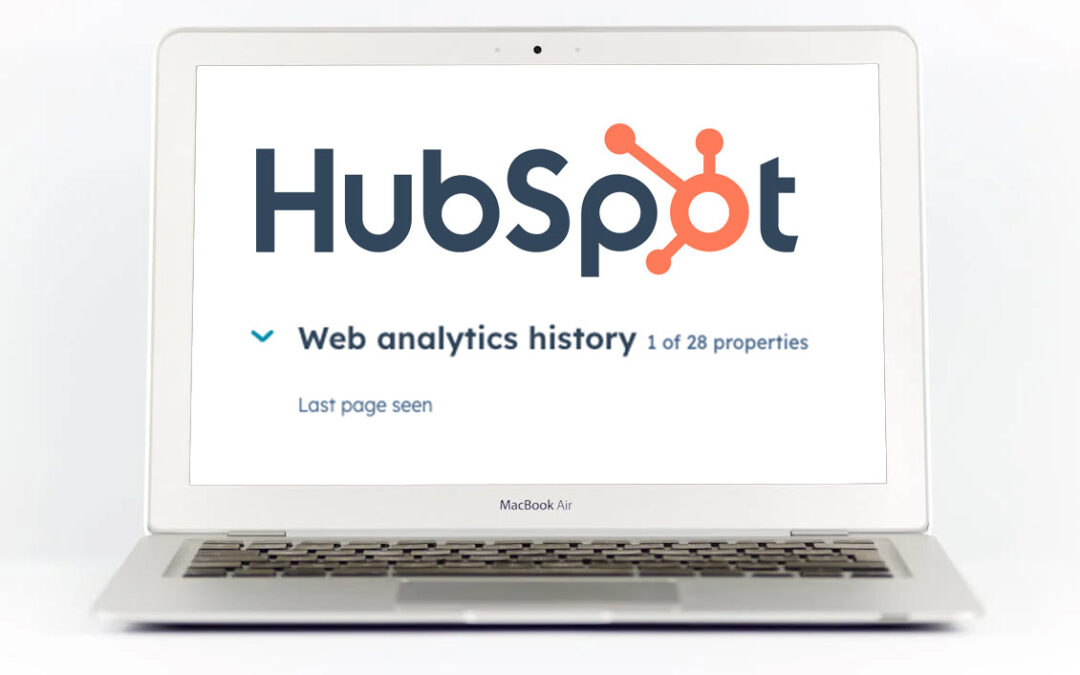What is the ‘Last Page Seen’ field?
In HubSpot, the ‘Last Page Seen’ field captures the last page a contact viewed on your website. At first glance, this seems straightforward—whenever a contact visits your site, this field should update to reflect the final page they interacted with before leaving. However, this isn’t entirely accurate.
The quirk: beginning of the last session
Here’s the key detail: the ‘Last Page Seen’ field actually tracks the last page seen at the beginning of the last session. In other words, it logs the first page a contact visits when they start a new session on your site. If a contact navigates through multiple pages during a single session, the field won’t update to reflect these subsequent pages. Instead, it stays the same, showing the initial page from the start of the session.
Why this matters
Understanding this quirk is important for several reasons:
- Misleading data interpretation: If you rely on the ‘Last Page Seen’ field for insights into where contacts are in their buyer’s journey, you might be misled. For example, a contact might end their session on a high-intent page like a pricing or contact form, but if they started the session on a blog post, the ‘Last Page Seen’ field will reflect the blog post, not the pricing page.
- Segmentation challenges: When creating lists or workflows based on the ‘Last Page Seen’ field, your criteria might not be as accurate as you think. This can affect targeted marketing campaigns, personalised content, and automated workflows.
- Reporting inaccuracies: Accurate reporting is crucial for making informed decisions. Relying on the ‘Last Page Seen’ field without understanding its true nature can lead to erroneous conclusions about your website’s performance and user behaviour.
Best practices to mitigate this issue
To make the most out of HubSpot while accounting for this quirk, consider these best practices:
- Use supplementary tracking: Implement additional tracking mechanisms, such as HubSpot’s behavioural events or custom properties, to capture more precise data on page views and interactions.
- Regular data reviews: Periodically review your contact records and understand the limitations of the ‘Last Page Seen’ field. Cross-reference with other analytics tools to get a fuller picture of contact behaviour.
- Educate your team: Make sure that everyone on your marketing and sales teams is aware of this quirk. Proper training ensures that they interpret the data correctly and make decisions based on a comprehensive understanding of contact interactions.
- Leverage custom reports: Use HubSpot’s custom report builder to create reports that combine multiple data points, giving you a more accurate representation of contact activity on your site.
Conclusion
Discovering that HubSpot’s ‘Last Page Seen’ field tracks the last page seen at the beginning of the last session, rather than the actual last page visited, is crucial for marketers. By understanding and adapting to this quirk, you can ensure that your data interpretation, segmentation, and reporting are more accurate and effective. Always stay curious and continuously explore the tools at your disposal to harness their full potential and drive your marketing success.
Services
Website design
HubSpot consultancy
Podcast production
Salesforce consultancy
Social media management
Marketing strategy

